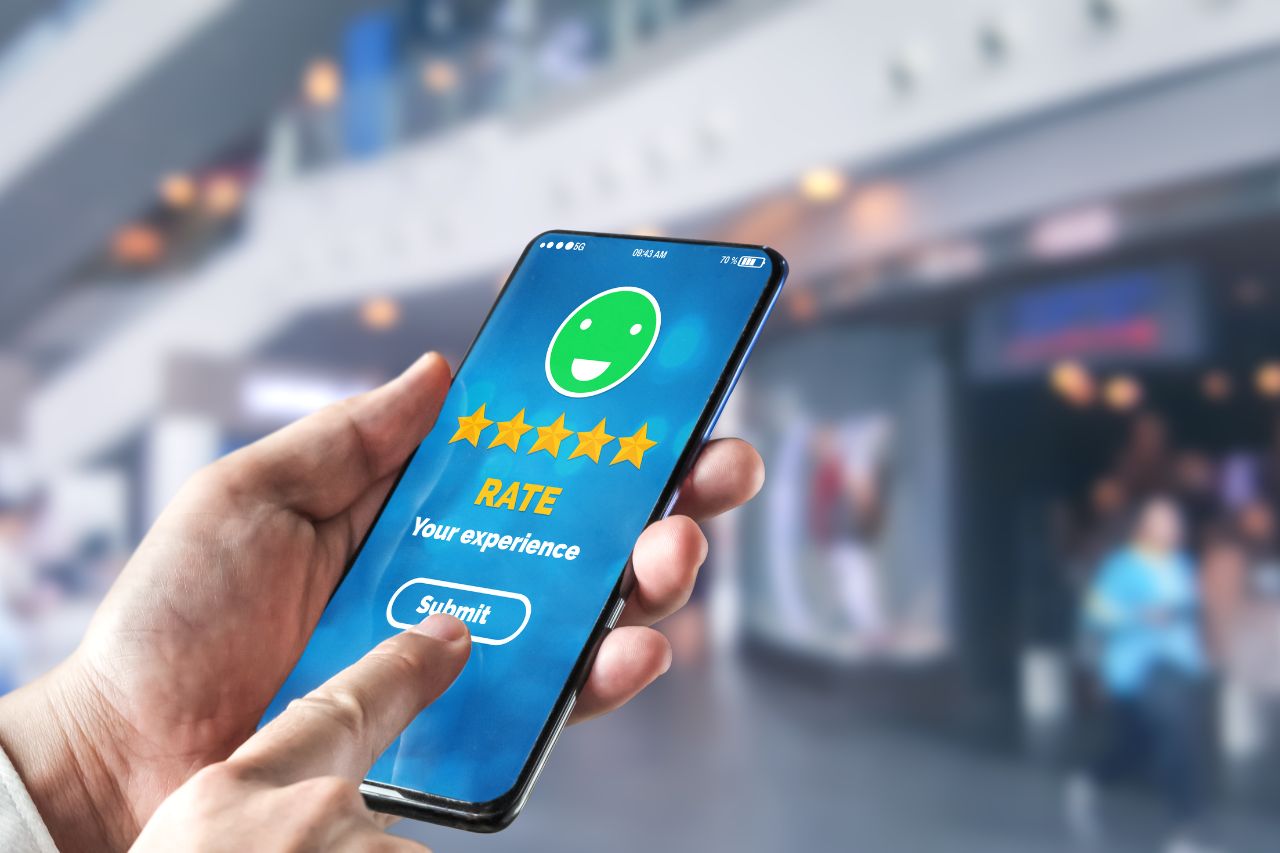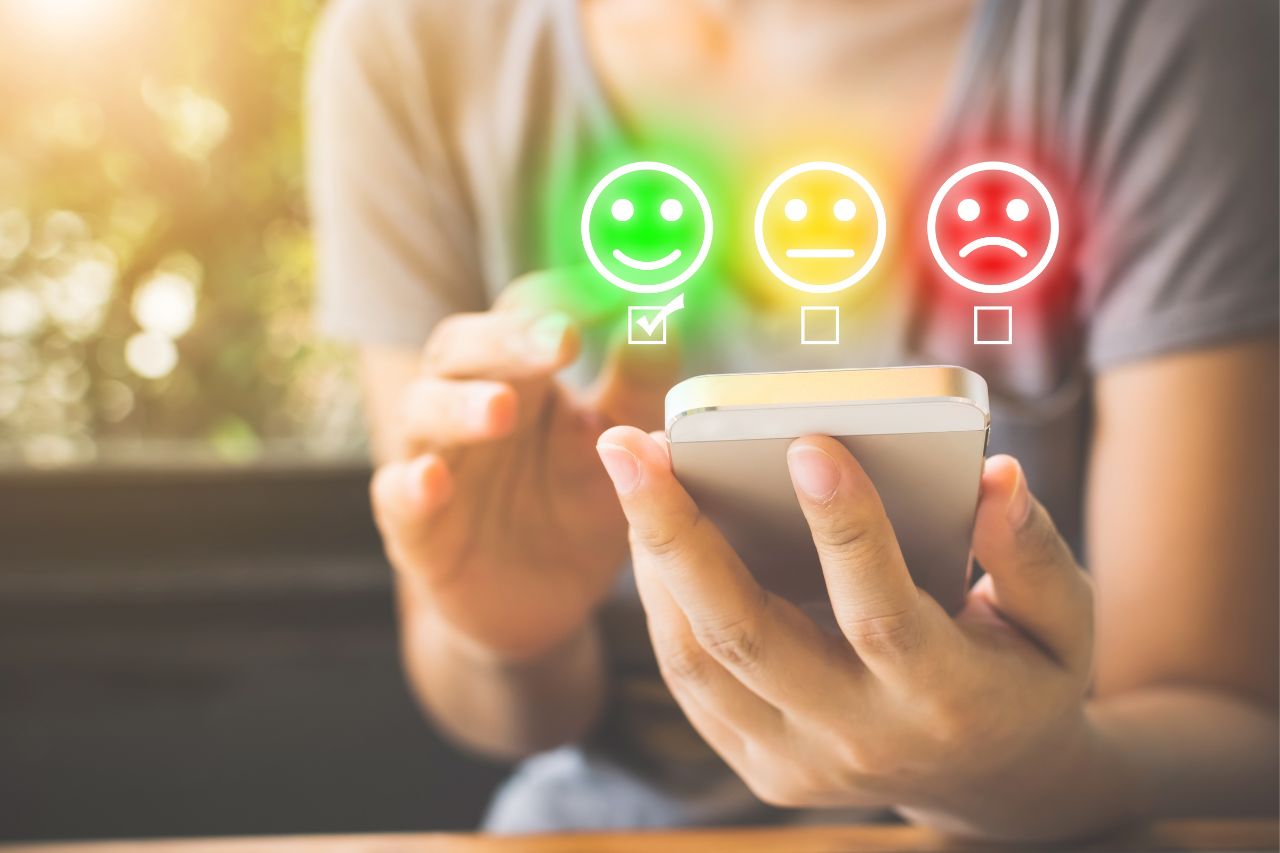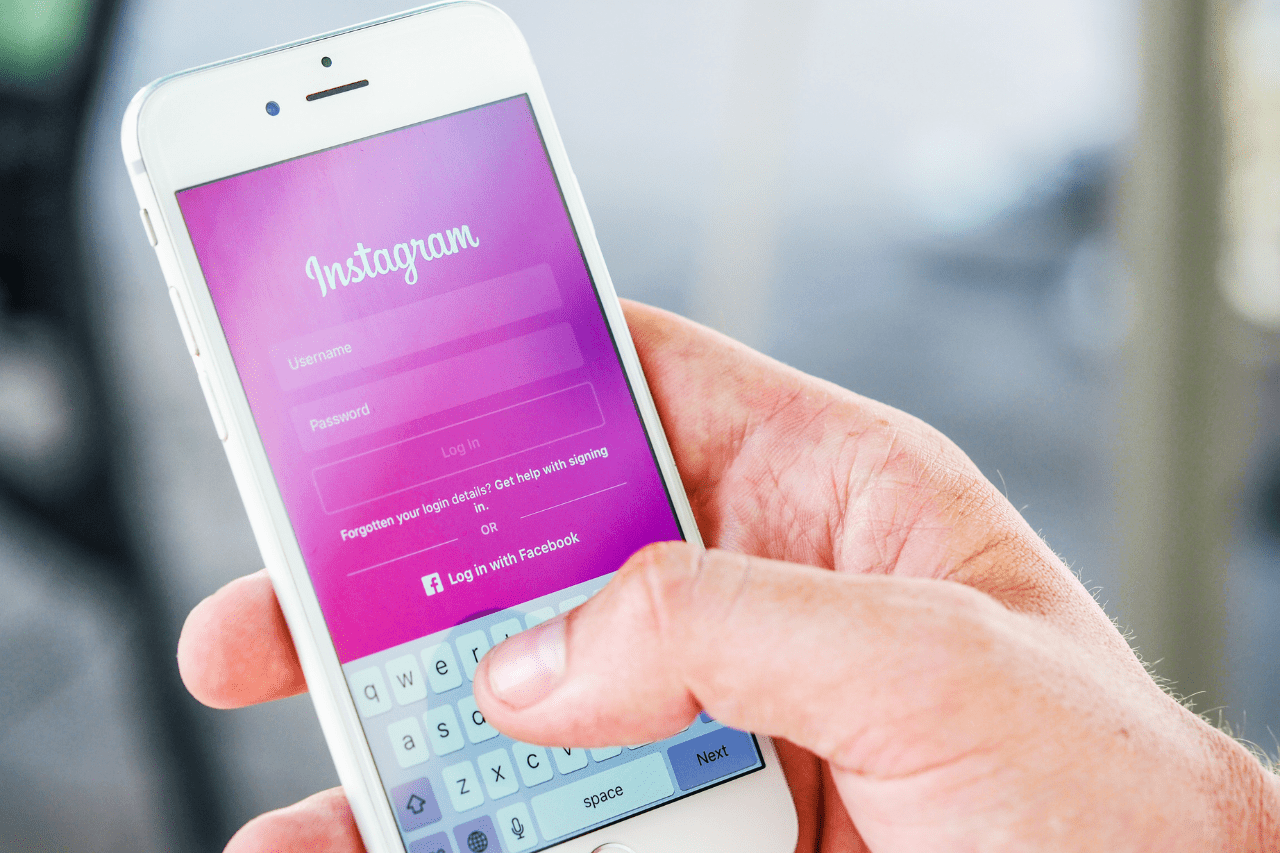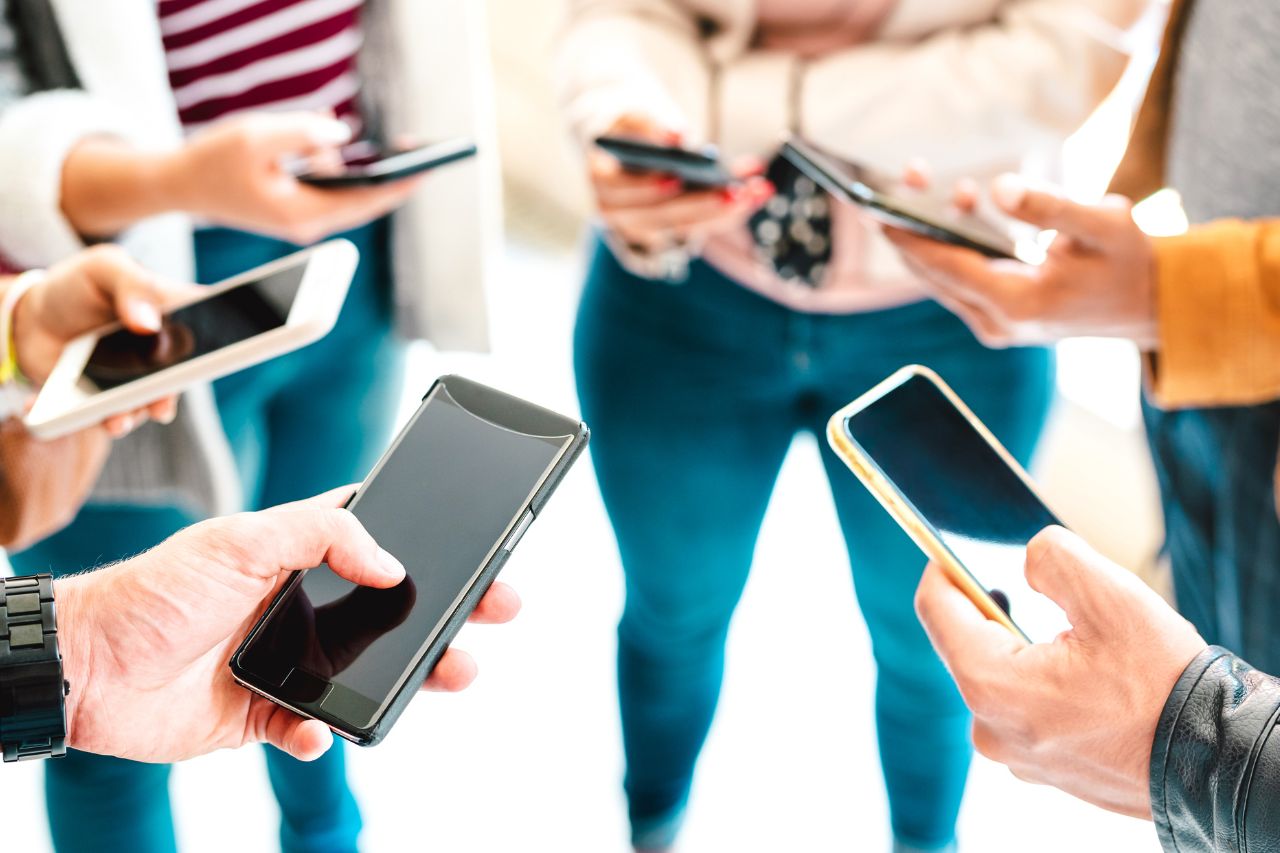Using social media event marketing to promote an event is a must in the age of technology. It is an essential part of any effective event marketing plan because of its enormous reach and interaction possibilities. This post will discuss the value of social media for advertising events and provide ways to make the most of it.
Understanding the Importance of Social Media Event Marketing
The ever-changing nature of social media makes it a great platform for businesses to establish meaningful interactions with their customers. Effective use of these mediums enables event marketers to increase awareness, participation, and revenue. Social media is critical at every stage of the event lifecycle, from pre-event anticipation to post-event engagement.
How to promote an event on social media
Promoting an event on social media is critical to reaching your intended audience. Learn practical tactics for increasing engagement, driving attendance, and maximizing performance at your next event. Here are some useful ways to getting started with social media event promotion.
Pre-Event Planning for Social Media Event Marketing
Researching Your Target Audience
Knowing your audience inside and out is the first step in creating an effective event marketing strategy. Find out what they like, don’t like, and are struggling with by doing extensive study. By utilizing this data, you may enhance the relevance and impact of your messaging and content strategy.
Establishing Clear Objectives and Goals
Whether you want to raise brand recognition, generate leads, or sell more tickets, your event marketing plan needs clear goals. If you want to keep tabs on your progress and know when you’ve succeeded, set SMART goals. These goals are specific, measurable, achievable, relevant, and time-bound.
Crafting Compelling Content Ideas
Want to craft compelling content to captivate users’ attention on social media? Tailor content to resonate with your audience, incorporating visuals and interactive elements for maximum engagement.
Here are a few Tips For Creating Content For Social Media Event Marketing
Utilizing Event-specific Hashtags
Make use of event-related hashtags to increase participation from the target audience and boost exposure on social media. Get the word out that these hashtags can be used to boost exposure and social proof when participants share their experiences.
Creating Engaging Visual Content
Grab people’s attention with eye-catching visual storytelling. Post engaging media that showcases the event’s speakers, events, and essential facts, such as photos, videos, and infographics. On social media, visual material is more likely to generate more engagement and shares.
Building Hype Before the Event
Pre event promotion involves using various strategies
Facebook Events:
Make use of Facebook’s event page to collect registrations, provide information, and promote participation. Keep the page updated with interesting information, such as previews, interviews, and behind-the-scenes videos, on a regular basis.
Instagram Stories and Posts:
Showcase your event’s special touches with the help of Instagram’s visual storytelling tools. In order to keep your fans engaged and interested, use Instagram Stories to post live updates, polls, and exclusive content.
Twitter Chats and Polls:
Hold interactive polls and talks with your Twitter followers about subjects connected to the event. In the time leading up to the event, encourage attendees to feel comfortable enough to ask questions and share their ideas.
Partnering with Influencers and Industry Experts
Reach more people and gain more reputation by teaming up with influential people and specialists in your field. Determine which influential people in your target demographic can help spread the word about your event and ask for their help in advertising it. To make your event more credible and authoritative, you might ask influential people to promote it, host a social media takeover, or write guest articles for your site.
Implementing Countdowns and Teasers
Use social media to launch countdowns and teaser marketing to get people excited for your event. Get people excited and signed up early by sharing exclusive announcements, teaser videos, and sneak peeks. Make your audience feel like they need to respond quickly by instilling a fear of missing out (FOMO).
Mid-Event Strategies Engaging Your Audience:
Keeping people engaged and active during an event requires a plan. Discover what keeps attendees engaged, impressed, and entertained at your event. The crowd must interact throughout the event to maintain energy. Some successful methods:
Live Coverage and Behind-the-Scenes Content
Live and behind-the-scenes event coverage strengthens viewer engagement. Present the event on Facebook Live, Instagram Live, or Twitter Periscope. Present stage action, interview actors, and give them exclusive behind-the-scenes access. This develops a sense of excitement and FOMO (fear of missing out) among your audience, encouraging them to listen and interact.
Encouraging User-Generated Content (UGC)
Use user-generated content UGC to boost event reach and engagement. Invite participants to post event photographs, videos, and experiences on social media using event hashtags. Share the best UGC on social media and interact with users by loving, commenting, and reposting. This shows your event’s authenticity and builds community.
Running Contests and Giveaways
Contests and gifts increase event engagement and participation. Create exciting, interactive event-related games like photo caption contests, trivia quizzes, and scavenger hunts. Prizes like VIP access, gifts, and discounts promote involvement. Promote contests on social media before and during the event to increase participation.
Utilizing Live Q&A Sessions and Polls
Q&As or polls during the event may stimulate meaningful conversations. Live Q&A sessions with lecturers, performers, or industry professionals allow attendees to connect. Find real-time audience opinions and preferences on Instagram Stories or Twitter polls. These strategies help event goers feel heard and involved.
Post-Event Follow-Up
Even after the event has ended, your interaction with attendees shouldn’t. Here are some ways to keep going strong after the event and reach more people:
Sharing Highlights and Recap Content
Highlight reels, photo albums, and blog postings can review the event’s best moments. Use compelling pictures and stories to convey the event and elicit emotions. Share recaps on social media and your website to maintain attendance’ memories and entice newcomers.
Soliciting Feedback and Reviews
Collect feedback from attendees to improve future events. Get participant comments, recommendations, and testimonials via post-event questionnaires or forms. To get honest feedback, offer rewards or discounts for survey completion. Review feedback to identify event planning and execution strengths, weaknesses, and improvements.
Expressing Gratitude to Attendees and Participants
Thank attendees and participants for their participation. Send tailored emails to guests, presenters, sponsors, and volunteers to thank them for event success. Social media comments from satisfied attendees can prove your event’s success and build credibility for future events.
Continuing Engagement Through Post-Event Content
After the event, contribute valuable and amusing content to extend the conversation. This could include follow-up articles, speaker or performer interviews, behind-the-scenes footage, or event announcements. To engage your audience between events, post industry news, updates, and resources on social media.
Analyzing Social Media Campaign Performance
Key Metrics to Track:
- Social media reach and impressions are important metrics to track.
- Keep an eye on the engagement metrics like clicks, shares, comments, and likes.
- Keep an eye on the success rate in terms of conversions and registrations, such as purchases or sign-ups.
Tools and Platforms for Analytics:
- Make use of the analytics tools provided by Facebook, Instagram, Twitter, and LinkedIn.
- Get information about the demographics, interests, and habits of the target audience.
Adjusting Strategies Based on Insights:
- Use data to fine-tune your approach.
- Take a few risks with different content types, publishing frequencies, and messaging approaches.
- As the social media scene evolves, you must remain versatile and adaptable.
Conclusion
Lastly, if you want to know how to reach and engage people at your event, you need to grasp social media marketing. Maximize the success of your events and guarantee unique experiences for guests by utilizing the correct platforms, providing interesting content, and measuring performance.











